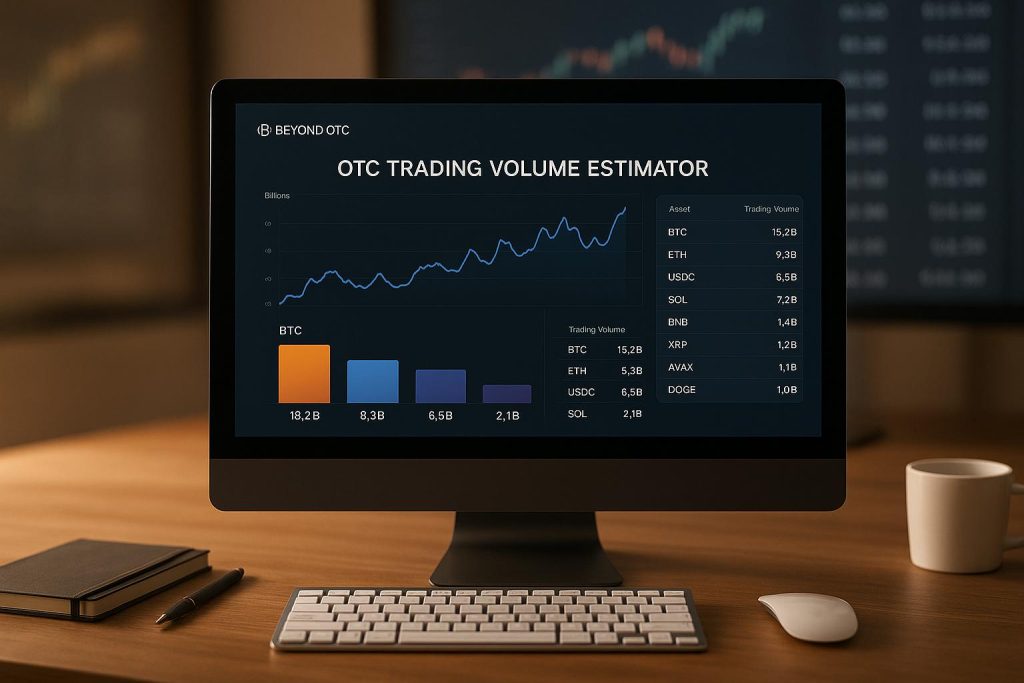Crypto PR crises can damage trust, market value, and partnerships fast. Whether it’s a security breach, regulatory action, or leadership controversy, knowing how to respond is critical. Here’s what you need to do:
- Act Quickly: Analyze the situation within 24–48 hours. Identify the scope, financial risks, legal exposure, and technical issues.
- Communicate Clearly: Acknowledge the issue, share verified details, outline immediate actions, and give stakeholders clear instructions.
- Organize Teams: Divide responsibilities among technical, communication, and support teams for efficient crisis management.
- Control Misinformation: Monitor platforms, verify claims, and issue corrections to maintain credibility.
- Rebuild Trust: Engage directly with your community through updates, AMAs, and transparent communication about improvements.
A strong crisis plan includes clear protocols, stakeholder management, and a recovery framework. Prepare now to minimize damage and maintain trust when challenges arise.
Maneuvering PR in Crypto Space – Rachel Pipan | ATC #553
First Steps in Crisis Response
Taking immediate action within the first 24–48 hours is critical. Using prior risk assessments as a foundation, these steps help stabilize the situation and guide your response.
Quick Situation Analysis
Start by collecting essential facts to understand the scope of the crisis:
| Assessment Area | Key Questions | Priority Level |
|---|---|---|
| Impact Scale | How many users or stakeholders are affected? | Immediate |
| Financial Risk | What is the current or potential monetary impact? | High |
| Legal Exposure | Are there any regulatory compliance issues? | Critical |
| Technical Status | Are any systems compromised? | Urgent |
Identify the source of the crisis and document all relevant details. This rapid evaluation helps lay the groundwork for clear and effective communication.
Clear Public Communication
When addressing the public, your initial statement should:
- Acknowledge the Issue: Share verified details about what has occurred and what is currently known.
- Outline Immediate Actions: Explain what steps are being taken (e.g., "Withdrawals are temporarily paused while our security team investigates. User funds remain secure.").
- Provide Clear Instructions: Offer specific guidance on what stakeholders should or shouldn’t do during this period.
Setting Up Response Teams
Once the situation has been assessed and the public informed, organize your teams to handle recovery efforts. Divide responsibilities among three key groups:
| Team | Responsibilities | Key Members |
|---|---|---|
| Technical Response | Address system security, fix bugs, manage infrastructure | CTO, Security Lead, Dev Team |
| Communications | Handle public statements, community updates, and media relations | PR Head, Community Manager, Legal Advisor |
| Customer Support | Assist users, respond to queries, and gather feedback | Support Lead, Community Moderators |
Designate leaders for each team and establish a central command to ensure smooth coordination and timely updates.
Develop an internal protocol that defines reporting structures, update schedules, decision-making authority, and documentation practices. Acting quickly and with precision minimizes further risks.
Message Control and Stakeholder Relations
Once the immediate crisis response is handled, keeping communications clear and transparent becomes crucial to maintain trust. This includes addressing misinformation and ensuring stakeholders stay informed.
Regular Stakeholder Updates
Provide consistent updates that outline the current situation, progress made, next steps, and contact details. Adjust the frequency and level of detail based on the audience – whether it’s token holders, institutional investors, exchange partners, or the general public.
Handling Misinformation
Stay on top of crypto platforms and news outlets to quickly catch and address false claims. Here’s how:
-
Monitor Key Channels
Keep an eye on crypto platforms and news sources to identify inaccuracies early. -
Verify Claims
Cross-check claims with internal data and gather supporting evidence. -
Issue Corrections
Respond quickly with verified facts and evidence to set the record straight.
These actions ensure you’re prepared to engage with the media effectively.
Press Relations Strategy
Develop strong relationships with trusted media outlets to ensure accurate reporting during a crisis. Focus on:
-
Official Spokespersons
Restrict public communications to trained team members to maintain consistency. -
Consistent Messaging
Stick to factual statements and document every interaction with the media. -
Media Engagement
Offer technical briefings to select journalists to help them report accurately.
sbb-itb-7e716c2
Post-Crisis Recovery Steps
Once the immediate crisis has been addressed, the focus shifts to recovery and rebuilding. This stage is about restoring trust and strengthening operations through clear communication, community involvement, and expert advice.
Open Communication of Changes
At this stage, the emphasis moves from immediate crisis updates to long-term transparency. Sharing detailed findings and improvements builds confidence among stakeholders. Key topics to address include:
- Results from root cause investigations
- Specific operational updates
- Implementation of new security measures
- Adjustments to risk management protocols
Rebuilding Community Trust
Restoring trust within the community requires ongoing interaction and educational efforts. Here’s how to approach it:
Direct Engagement
- Host regular live sessions, such as AMAs or town halls, to answer questions and share updates.
- Set up dedicated feedback channels on platforms like Discord or Telegram for open communication.
Educational Resources
- Publish detailed, easy-to-follow explanations of technical changes.
- Create video tutorials showcasing new security features.
- Share regular updates on the project’s overall health.
- Develop user-friendly guides to help the community navigate new safety measures.
While community trust is crucial, collaborating with professional networks can further enhance recovery efforts.
Leveraging Professional Networks
Partnering with industry experts can speed up recovery and enhance credibility. BeyondOTC offers valuable connections to resources that can help, such as:
Recovery Planning Support
- Legal consultants to ensure regulatory compliance
- Security audit firms for thorough evaluations
- Crisis management specialists for tailored strategies
- Fundraising guidance to secure financial stability
Stakeholder Relations
- Direct communication channels with institutional investors
- Access to market makers for liquidity support
- Partnerships with exchanges to rebuild market presence
- Strategies for regaining investor confidence
Track progress and share measurable outcomes to demonstrate recovery efforts and achievements effectively.
Conclusion: Crisis Prevention Planning
Preventing crises effectively begins with identifying and addressing potential issues before they grow into larger problems. A solid plan helps maintain project stability and keeps stakeholders reassured during uncertain times.
Key Components of Crisis Management
A strong crisis strategy is built on three main areas:
Immediate Response Protocol
- Form a dedicated crisis response team with clear roles.
- Prepare communication templates for different crisis scenarios.
- Set up systems to monitor and detect early warning signs.
- Keep an updated database of stakeholder contacts.
Stakeholder Management
- Establish direct communication channels with key community members.
- Build connections with trusted media outlets.
- Maintain open communication with regulatory authorities.
- Schedule regular updates for investors.
Recovery Framework
- Develop procedures to ensure operational continuity.
- Outline steps to manage reputation during and after a crisis.
- Plan resource allocation specifically for crisis situations.
- Define metrics to track recovery progress.
These elements form the base for a comprehensive crisis response plan.
Steps to Create a Crisis Response Plan
Using these core areas as a guide, a systematic approach is essential:
Assessment Phase
- Perform a detailed risk analysis of all project components.
- Pinpoint weaknesses in systems and processes.
- Outline possible crisis scenarios and their potential impact.
- Assess the effectiveness of current response capabilities.
Implementation Steps
- Document detailed response procedures and assign team responsibilities.
- Set up processes to verify the accuracy of information during a crisis.
Ongoing Maintenance
- Review and update the plan every quarter.
- Run regular crisis simulations to test readiness.
- Keep contact lists and communication channels current.
- Adjust procedures based on changes in the industry.
Clear communication and strong relationships with stakeholders are critical to successful crisis prevention. By addressing these areas proactively, teams can minimize damage and maintain trust when challenges arise.
BeyondOTC’s network offers access to legal advisors, security professionals, and crisis management experts who specialize in the cryptocurrency sector. Leveraging this expertise strengthens your prevention strategy and ensures you’re prepared for the unique challenges of this fast-paced industry.
FAQs
What are the most common PR crises in the crypto industry, and how do they affect companies?
PR crises in the crypto industry often stem from issues like security breaches, regulatory scrutiny, or miscommunication with the public. These events can lead to a loss of trust, decreased investor confidence, and significant financial damage.
To minimize the impact, companies should act swiftly by addressing the issue transparently, maintaining open communication, and demonstrating accountability. Proactive planning, such as having a crisis management strategy in place, can also help safeguard a company’s reputation and credibility during challenging times.
How can a crypto company address misinformation during a PR crisis to protect its reputation?
To handle misinformation effectively during a PR crisis, crypto companies should act swiftly and transparently. Start by identifying the source of the misinformation and addressing it with clear, factual communication. Use official channels like press releases, social media, or your website to provide accurate updates and correct any false narratives.
Partnering with agencies like BeyondOTC can also be invaluable during such times. Their expertise in networking and connections with key industry players – including centralized and decentralized exchanges – can help amplify your message and rebuild trust. Additionally, their legal consultancy services can guide you through compliance and regulatory concerns, ensuring your responses are both credible and aligned with industry standards.
What are the best steps to rebuild trust with your community and stakeholders after resolving a crypto PR crisis?
Rebuilding trust after a crypto PR crisis requires a thoughtful and transparent approach. Start by openly addressing the concerns of your community and stakeholders, clearly explaining the steps taken to resolve the issue and prevent future occurrences. Consistent, honest communication is key to restoring confidence.
Additionally, focus on delivering tangible results to demonstrate reliability. For example, engaging with industry partners, enhancing your project’s transparency, and maintaining accountability can go a long way. Leveraging expert services, like those that connect you with investors and other key players, can further solidify stakeholder trust by showcasing your commitment to growth and credibility.




